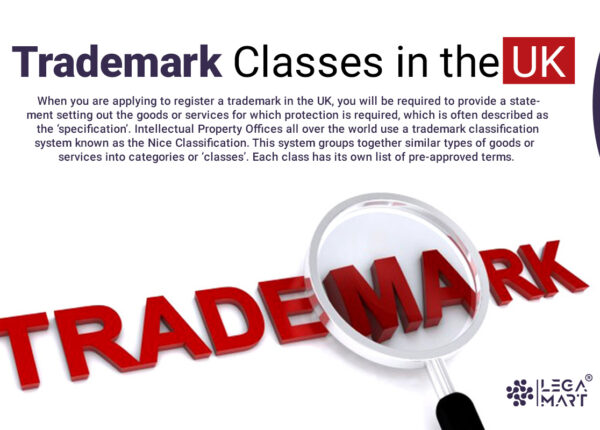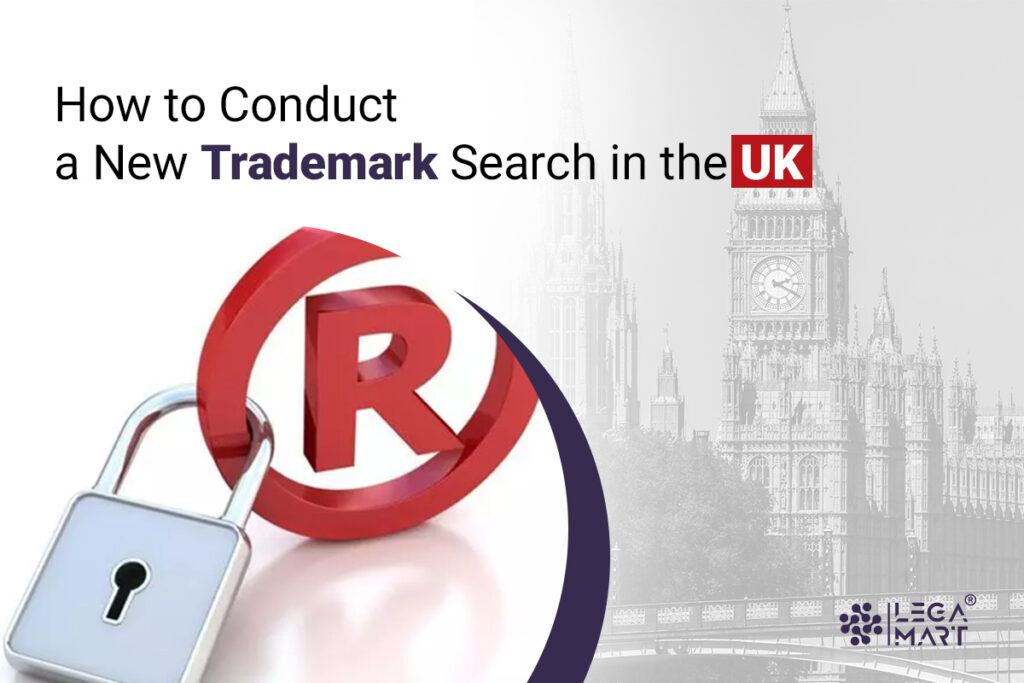Trademark Search
A trademark is a word, name, symbol, design, or combination, used in commerce to identify and distinguish the products of one manufacturer or seller from those of another and to indicate the source of the goods. Within the context of Lawyer Guides & Professional Growth and Cross-Border & International Law, understanding the function and legal significance of trademarks is essential for both legal practitioners and businesses operating internationally.
A unique brand name or logo is used to distinguish your product/service as distinct from others in the industry. If you are planning to start a business in the UK, it’s important to protect your brand through trademark registration.
Before BREXIT, business owners were able to obtain trademark protection in the United Kingdom through registration with the European Union. Currently, business owners that are seeking protection in the UK will need to submit directly with the UK Intellectual Property Office, or IPO.
It is important for every business owner, before obtaining a trademark registration, to conduct pre-filing diligence. Therefore, one of the most crucial tasks to complete before finalizing the selection of a new trademark is to conduct a trademark search.
Steps to Conduct Trademark Search in the UK
The purpose of the trademark search is to determine if another business is already using the trademark before you submit your application and pay the fees, it is an additional chance to make changes to the trademark if needed.
The UK Intellectual Property Office (“IPO”), can still approve your trademark registration, even if a similar mark already exists on their registry, however, when this happens, the examiner reviewing your trademark application will notify the owners of any similar trademarks of your application.
These owners can either permit your registration to move forward by ignoring the notification, or they can submit an opposition with the IPO. This can end up in a long and expensive process, which can probably lead to your registration being canceled. The best approach to avoid this situation is to simply conduct a trademark search and select a mark that will not be opposed by other trademark owners.
The UK trademark database can be accessed directly from the UK Intellectual Property Office’s website. Depending on the aim, there are a variety of ways to do a search. You can search by trademark number or trademark owner if you’d like to check the status of a certain pending application, for instance. Nevertheless, if you are conducting an overall trademark search before registering your mark, you should select the link for searching by keyword, phrase, or image.
When you open the IPO website, you’ll see a drop-down box at the top of the page to select whether you want to search by word, by image, or a combination of both. You can opt to search for precise matches alone or for similar matches as well when searching for a word or words. The best option is to search for both exact and similar matches, as both could result in trademark conflicts later on.
When searching for an image, you will need to describe the image through different drop-down boxes on the database. Results can be refined further by indicating specific international classes, a timeframe of registration, or the status of the existing mark. The database will return any possible matches to your search, including the mark’s status, text and image (if applicable), registration date, and international classes.
Trademark Classes in the UK

When you are applying to register a trademark in the UK, you will be required to provide a statement setting out the goods or services for which protection is required, which is often described as the ‘specification’. Intellectual Property Offices all over the world use a trademark classification system known as the Nice Classification. This system groups together similar types of goods or services into categories or ‘classes’. Each class has its own list of pre-approved terms.
In order to register the trademark, the applicant must select the class or classes related to the goods or services they are supplying, as well as some relevant pre-approved terms that are applicable. Indeed, there are 45 different classes: 34 classes of goods and 11 classes of services. Each class has an extensive heading that describes the nature of the goods or services contained in that class.
However, the heading and pre-approved terms listed are not intended to be an exclusive list of goods or services covered by that class. It is provided as a general description only.
Explanatory notes are also provided which explain which goods or services fall under the class headings and which goods or services do not. The specification should set out details of the goods or services that the company is currently providing, but should also seek to cover those that the business anticipates it may expand into in the future. A registered trademark lasts 10 years, so consider the different classes in the context of how you may wish to grow your brand over time in the future.
When you are conducting the assessment of your goods/services in which class they belong, you should consider the following:
- The function and purpose of the product;
- Whether the goods consist of any raw materials;
- What type of activities the service involves;
- The class to which the subject of the advice corresponds when information services are being considered.
When Should You Carry Out the Clearance Search?
You should start with research for previously registered trademarks as soon as you decide what mark you want to use as your trademark. At the very least, you should carry out a clearance search before you:
- create a new product or design a business name or logo;
- change your existing goods or services into new sectors or geographic markets;
- file to register a mark as your new trademark.
Expert Clearance Searches
If you decide that you don’t want to conduct the searches by yourself, you can:
- Find a trademark attorney to conduct a search for you
- Get help from our legal experts from LegaMart in this field
Finding a Trademark Attorney to Conduct Search
While the UK trademark database is designed to reveal both exact and similar matches to your mark, it may not include all conflicting trademarks. This could lead to potential opposition to your mark in the future. Hence, consider hiring an experienced trademark attorney that will conduct a broad search, using professional software and years of experience, to help find any identical trademarks that have been registered within the United Kingdom.
Then you can work with your attorney to decide whether to move forward with your chosen trademark or to make changes to the mark to evade potential opposition. Occasionally, only slight adjustments need to be made, but sometimes, you may need to go back to the designing tool to create a new mark for your brand.
Once your search has been conducted and a strong trademark selected, your attorney will assist you in drafting your application and moving through the UK trademark registration process.
The trademark Act 1994 allows you to specify territorial and other limitations, such as waiving the right to exclusive use of any part of the mark. In some cases, those limitations can boost the chances of success of the application.
What to do if a Trademark is Taken?
As mentioned previously, when you submit your trademark application with the IPO, they will notify you about earlier similar marks which potentially conflict with yours. This notification will not include trademarks that have expired. Expired marks can be renewed or restored in the period of 12 months after their renewal date. If you decide to register a mark similar to a recently expired mark, the owners of an earlier mark may attempt to stop you from using the mark.
Avoiding conducting a detailed clearance search can put you at critical financial and legal risk. If your search discovers a mark that conflicts with yours, you should check its status. If the trademark is in force and being used, you could ask for permission from the existing owner to agree to your registration.
If they agree, they should provide you with a letter of consent to submit to the IPO alongside your application. If they don’t agree, they may choose to oppose your application. If the mark is in force but hasn’t been used in the last five years, you may be able to request the mark’s removal. The owner of the earlier mark may decide to oppose this. Opposition is one of the ways to object to and challenge trademarks. Ask for professional advice if someone is opposing your trademark registration.
Conclusion
Prior to your trademark application to the UK IPO, be sure to conduct a trademark search to find any potential similar marks. While UK trademark legislation allows similar marks to be approved, other trademark owners can oppose your registration if they believe it may cause a tendency of confusion in the marketplace. You can conduct a search of the trademark database on your own, through the UK IPO website, but the process can be convoluted and time-consuming. Instead, consider consulting and hiring an experienced trademark attorney that will find all potentially conflicting marks and help you determine whether to move forward or make changes, in order to obtain extensive protection of your trademark throughout the United Kingdom.
Here are other articles regarding trademarks:
How to Trademark a Logo Successfully in UK
A Guide to the Successful International Registration of Trademarks in the US




